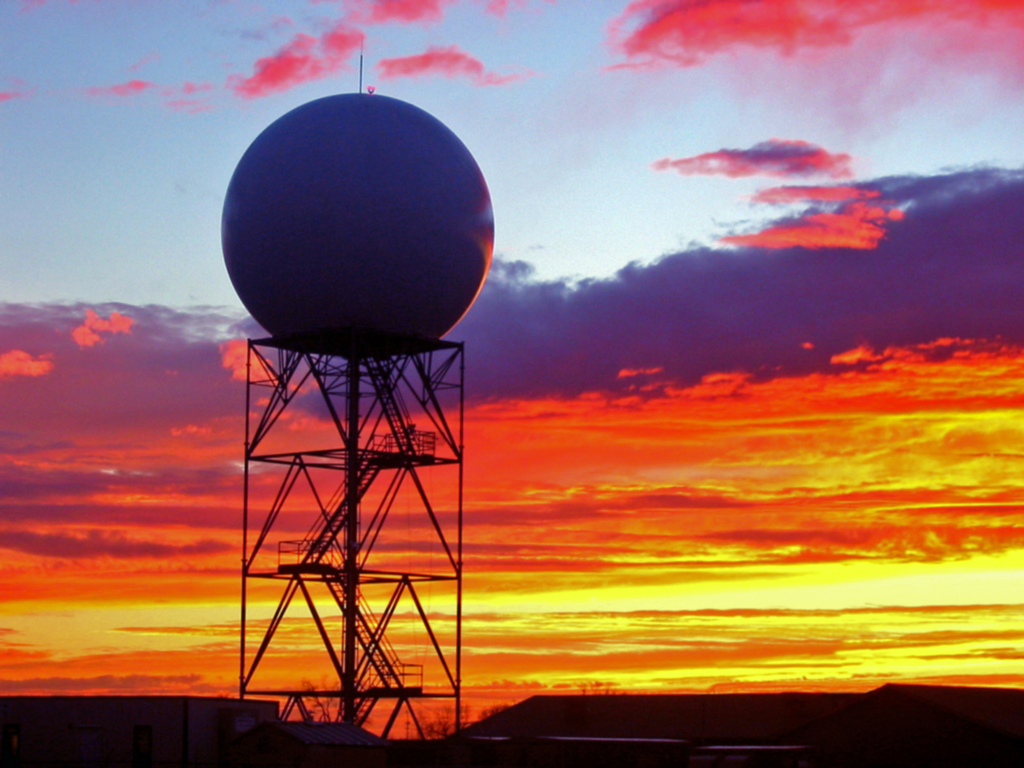Early civilizations would predict the weather from reoccurring meteorological and astronomical events. In approximately 650 B.C., Babylonians would predict weather changes in the short term from studying cloud formation. Later Chinese astronomers developed a calendar divided into 24 festivals that they associated with the different types of weather. This article will discuss the technological advancements which have happened since then to aid weather prediction.
Thermometer
Italian Santorio Santorio is thought to have invented the thermometer in 1612 by adding a scale to an air thermoscope and using it as a device to measure temperature. Later different types of scales would be produced. Daniel Fahrenheit would, in 1709, invent the more modern thermometer, hence the Fahrenheit measurement. The earlier form of the thermometer would contain alcohol, but in 1714, Fahrenheit would develop his mercury version. Later in 1742, the Celsius scale was invented by a Swedish astronomer named Anders Celsius. It would also be called the centigrade scale because of there being 100-degree intervals along its scale. Zero degrees representing the freezing point of water, and 100 degrees centigrade (or Celsius) the boiling point of it. This would seem forward thinking during a time when imperial, and not metric scales, were being used for other forms of measurement.
Barometer
The mercury barometer was invented by Evangelista Rorricelli in the 17th century. 1643 to be precise. The Italian scientist would develop it to measure changes in atmospheric pressure. It is these slight changes that meteorologists will use to predict changing weather patterns. A barometer can therefore be viewed as a device which foreshadows the weather.
In 1844, Lucien Vidi, a French scientist, invented the aneroid barometer, which is used today. Mercury is poisonous, so this has in more recent years become the user-friendly alternative to the old mercury devices, which can still be found in antiques shops. The chemical symbol for mercury, Hg, derives from the Greek name hydrargrym, which means “quicksilver”. It is a fast-moving liquid, and for the reason already mentioned, should not be touched by human hands if it escapes from its glass tube.
Mercury barometers work by balancing the weight of mercury contained within their glass tube with the atmospheric pressure, rather like a set of scales. If there is an increased weight of air above the area of the reservoir, then the mercury level will rise.
Aneroid barometers are built around sealed boxes which either expand or contract depending on the changes in air pressure that surround them. As this aneroid cell moves, it pushes a spring and system of levers which in turn moves a pointer up or down the dial.
Early civilizations would predict the weather from reoccurring meteorological and astronomical events. In approximately 650 B.C., Babylonians would predict weather changes in the short term from studying cloud formation. Later Chinese astronomers developed a calendar divided into 24 festivals that they associated with the different types of weather. This article will discuss the technological advancements which have happened since then to aid weather prediction.
Drones
Taking advantage of this new technology, meteorologists are flying Drones to previously inaccessible points on the globe and gathering data to help with forecasting the weather. It is a safe way of gathering data in areas where violent storms frequently occur. The information can be processed on the Drones return or received back in real time, depending on the capabilities of the Drones used.
Weather balloons are still being used, too. In fact, twice every day they are released from some 900 worldwide locations. Something like 92 of these will be released by the National Weather Service in the US and surrounding areas.
Even with the advancements in technology, there is only so far in advance that meteorologists can predict the weather for us. At most it would seem to be 10 days, even where a highly skilled meteorologist is analysing the data ready for transformation, possibly with the help of software from somewhere like KNIME (https://www.knime.com/software-overview), so that it can be understood by everyone. Recent studies do, however, suggest that this predication could be pushed to another 4 or 5 days and still provide a reasonably accurate forecast. This would then allow people to know for the duration of a two-week holiday what the weather was going to do, and therefore what to pack.
Taking advantage of this new technology, meteorologists are flying Drones to previously inaccessible points on the globe and gathering data to help with forecasting the weather. It is a safe way of gathering data in areas where violent storms frequently occur. The information can be processed on the Drones return or received back in real time, depending on the capabilities of the Drones used.
Weather balloons are still being used, too. In fact, twice every day they are released from some 900 worldwide locations. Something like 92 of these will be released by the National Weather Service in the US and surrounding areas.
Even with the advancements in technology, there is only so far in advance that meteorologists can predict the weather for us. At most it would seem to be 10 days, even where a highly skilled meteorologist is analysing the data. Recent studies do, however, suggest that this predication could be pushed to another 4 or 5 days and still provide a reasonably accurate forecast. This would then allow people to know for the duration of a two-week holiday what the weather was going to do, and therefore what to pack.
